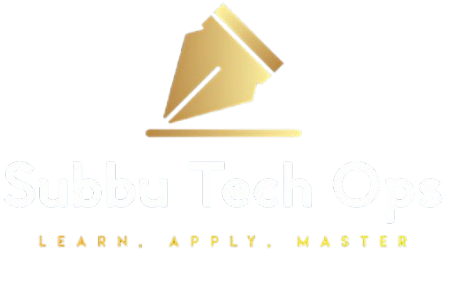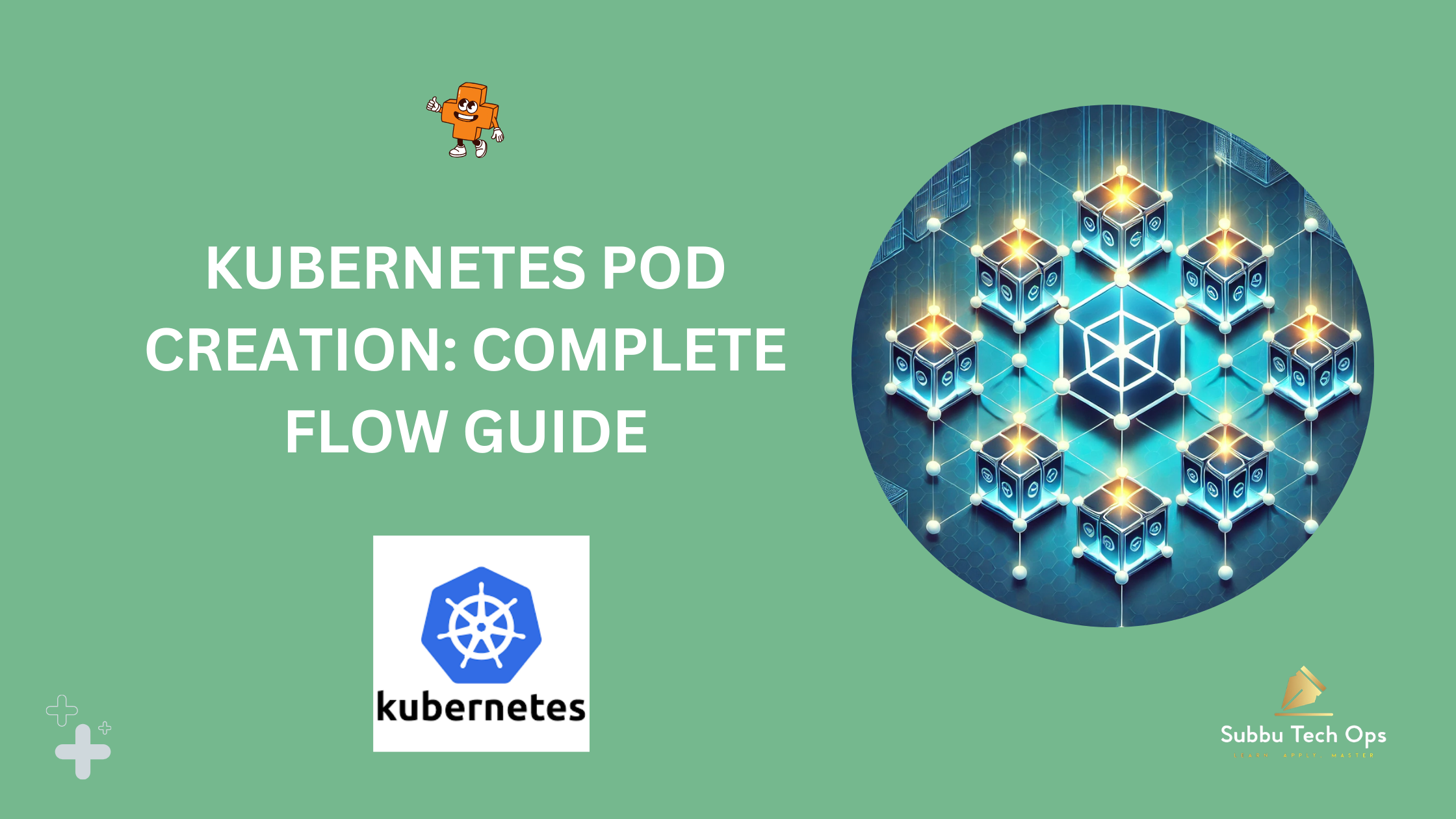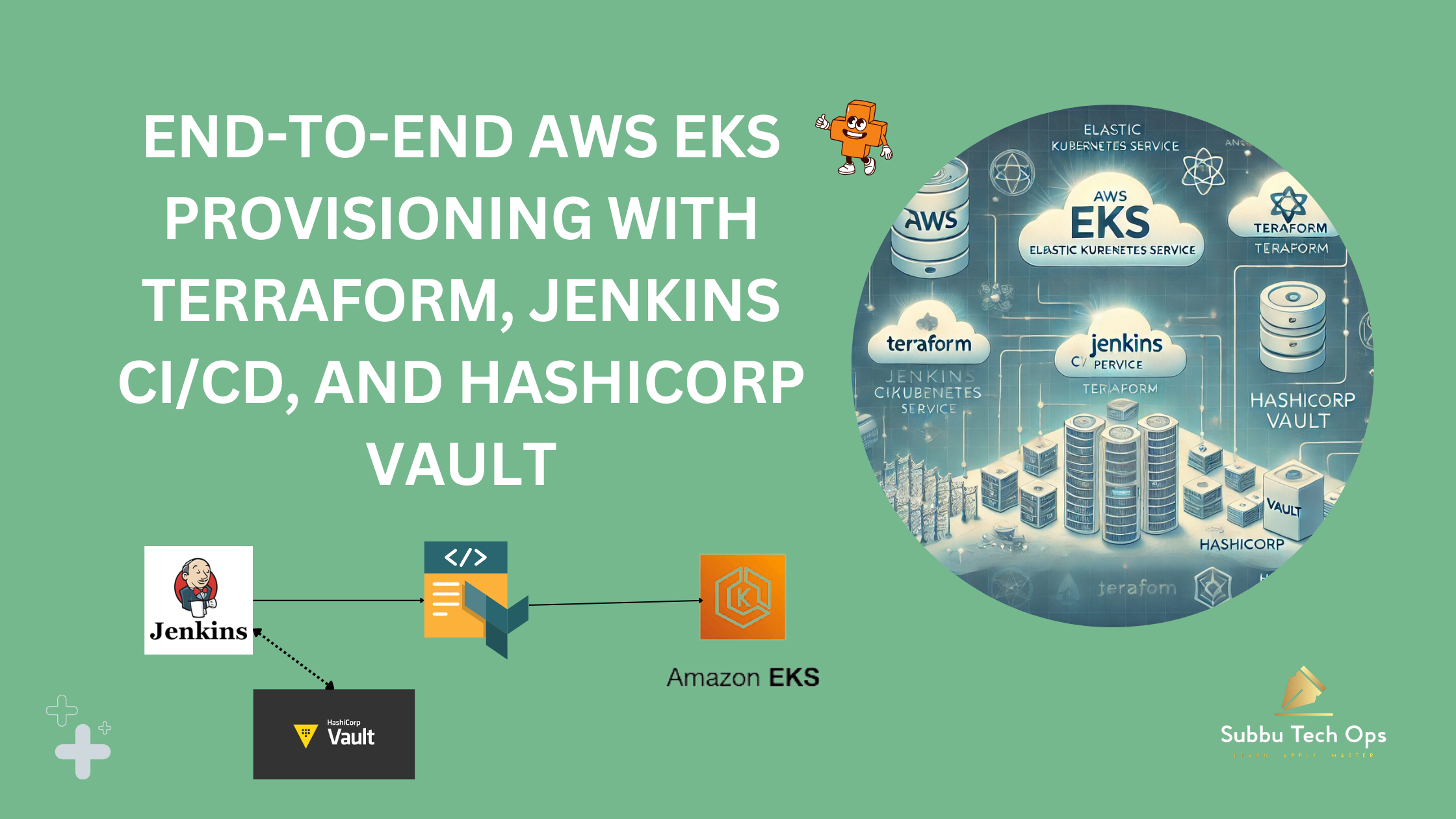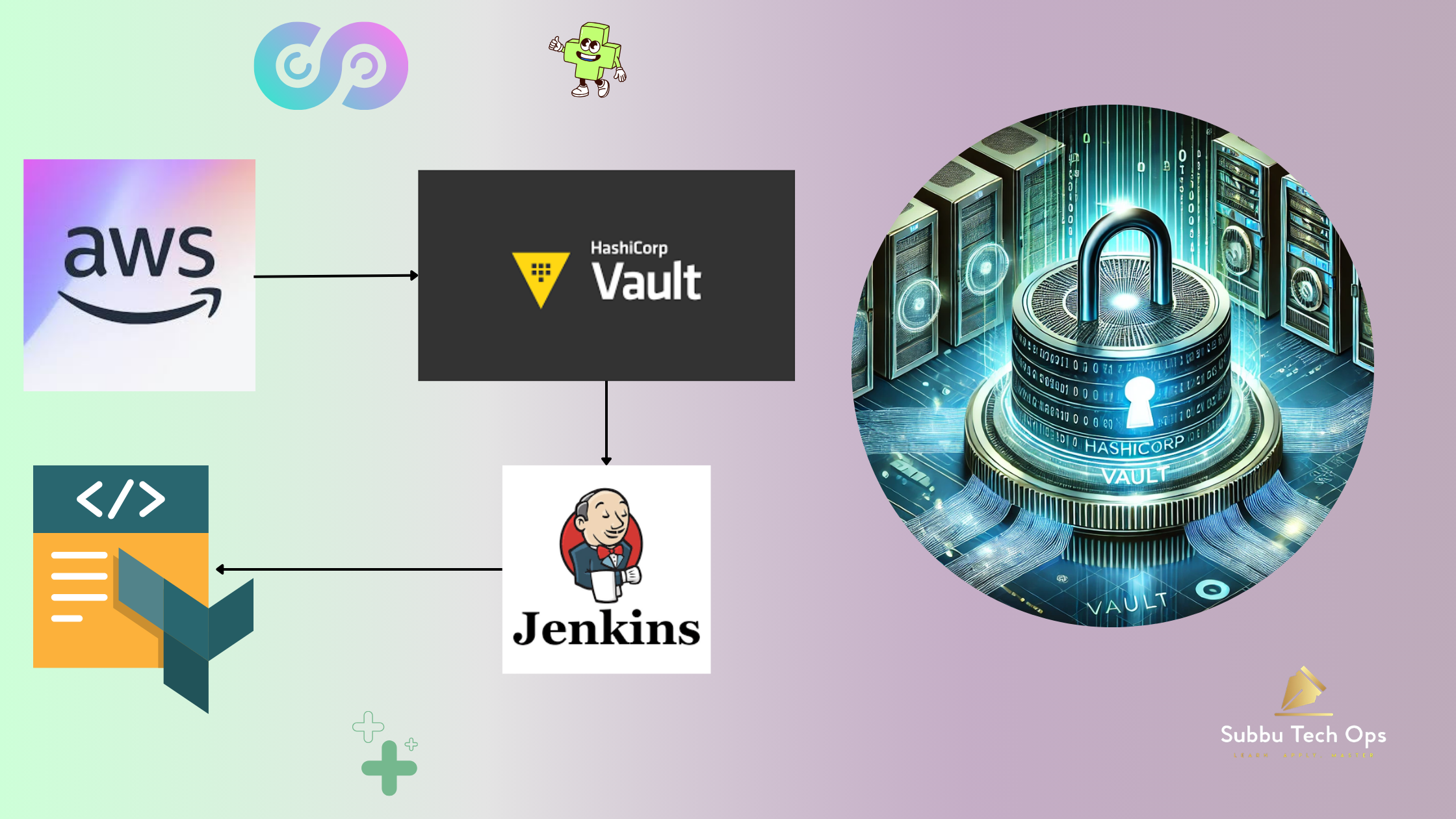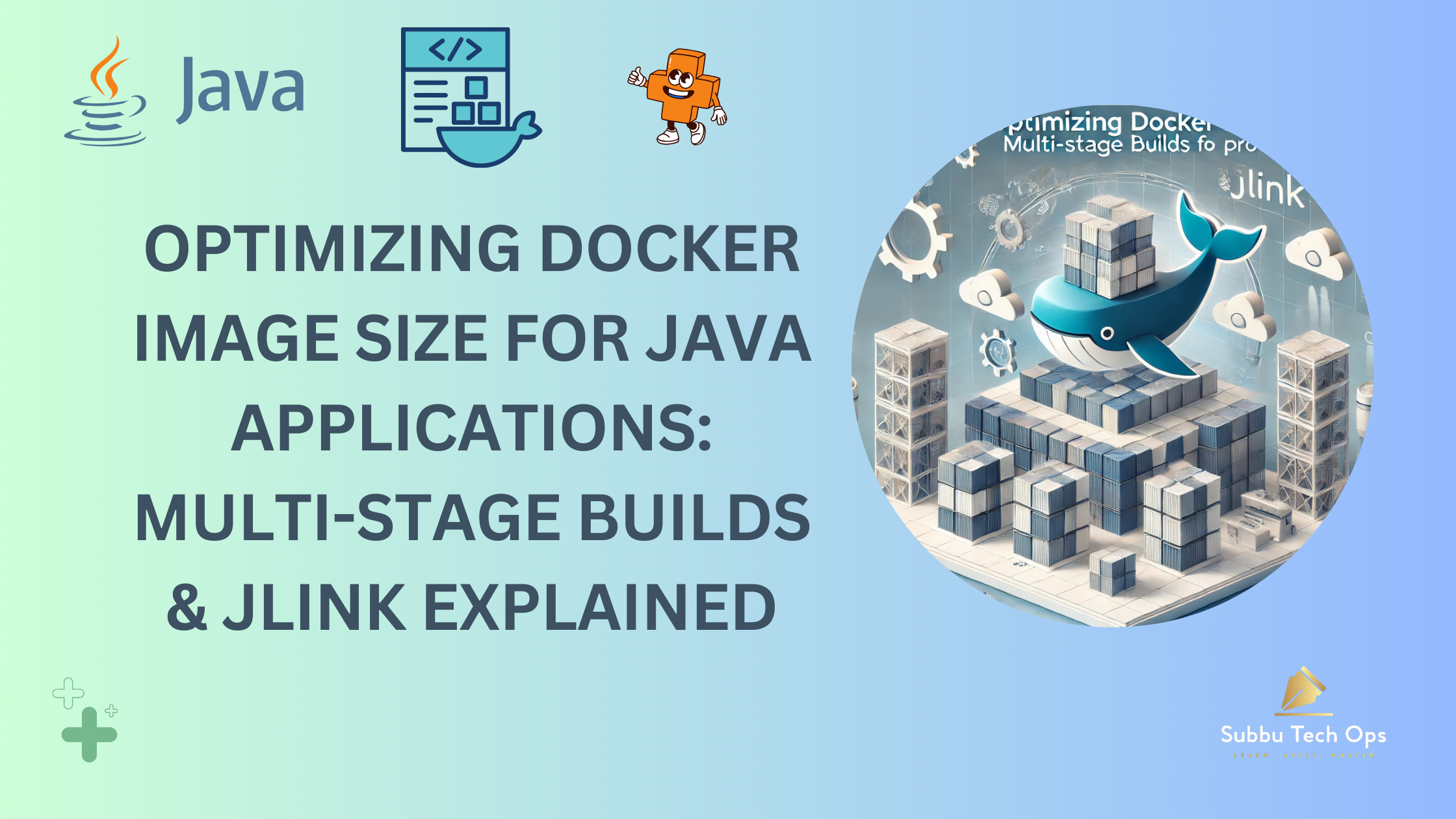Kubernetes Pod Creation: Complete Flow Guide
Detailed Step-by-Step Explanation: 1. User Request Initiation 2. API Server Validation & Storage 3. Controller Manager Processing 4. Scheduler Decision Making 5. Worker Node Operations 6. Status Updates 7. Network Configuration Important Notes Parallel Operations Monitoring and Health Checks Error Handling What are your thoughts on this article? Feel free to share your opinions in … Read more
